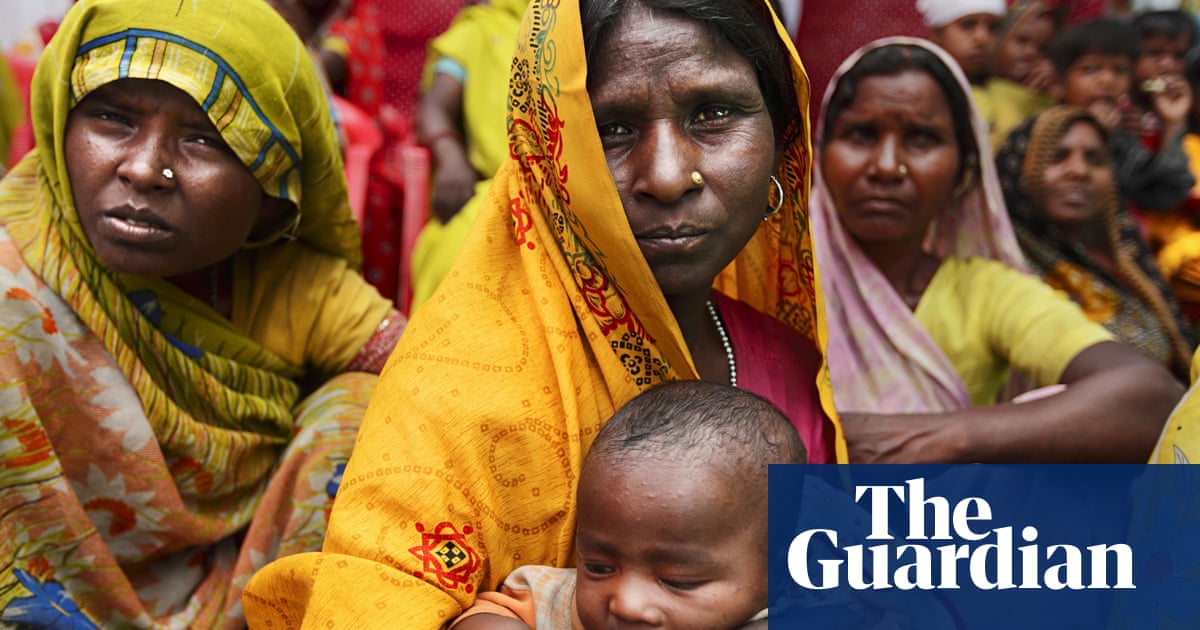“At the stroke of the midnight hour, when the world sleeps, India will awake to life and freedom”. The ‘Tryst with Destiny’ speech delivered by Pt. Jawaharlal Nehru on 15th August 1947 still continues to remain very iconic. The speech helps to rightfully capture and reiterate India’s long struggle for freedom. The reference to freedom can not be circumscribed to the term’s interpretation as freedom from foreign rule alone.
While independence from foreign rule was certainly an integral component of the freedom struggle, the struggle also encompassed individual and community determination to attain freedom from injustice, inequality, exploitation and pronounced differences in the availability of choices.
Imagining freedom in the country also gave citizens an opportunity to reimagine the boundaries of the socioeconomic hierarchies and stratifications existent in society. However, hierarchical systems, like the institution of caste, have triumphed over the struggles for freedom, equality and dignity.
Imagining freedom in the country also gave citizens an opportunity to reimagine the boundaries of the socioeconomic hierarchies and stratifications existent in society. However, hierarchical systems, like the institution of caste, have triumphed over the struggles for freedom, equality and dignity.
Caste and caste-based identities have historically played a consequential role in determining one’s access to land, housing and property, education, public service, health facilities, employment opportunities and even one’s constitutional rights.
Dalits, placed at the lowest end of the caste hierarchy, have systematically been denied access to such choices and freedoms. The fact that discrimination and fettering continue to shadow the lives of Dalits and the other marginalised, even in 2022, raises major doubts about the integrity of the constitutional, welfare-oriented republic.
Dalits, placed at the lowest end of the caste hierarchy, have systematically been denied access to such choices and freedoms. The fact that discrimination and fettering continue to shadow the lives of Dalits and the other marginalised, even in 2022, raises major doubts about the integrity of the constitutional, welfare-oriented republic.
The investigation conducted in All India Institute of Medical Sciences (AIIMS) has proven the same. The phenomena of forced failure of SC/ST students, bullying of SC/ST students by their fellow classmates and the lack of efforts by the administration to fill the empty reserved faculty positions bear proof of the routined cycle of humiliation, discrimination and harassment suffered by the community and their alienation from their rights to equality, education and work.
Additionally, the socialisation phenomenon has ensured the internalisation and resilience of caste-based hierarchies across generations and has, thus, contributed to the perpetuation of toxic traditions against the Dalits and has even sanctioned the unlawful denial of choice to alternatives to the community.
For instance, even today, most Dalits in the country, due to their association with the unjust, prejudiced and bigoted norms related to impurity, have been forced to take up low-paying occupations, like cleaning and maintaining sewers and septic tanks, which are considered to be too “polluting” or degrading for individuals from the upper castes.

The Ministry of Social Justice and Empowerment, as of 2021, had reported the death of 941 sanitation workers across the country. Such data is a reflection of the poor working conditions in areas of employment and of the lack of efforts to break with age-old caste traditions. Additionally, the Covid-19 pandemic had doubled the humiliation and grievances faced by them. Their association with the cleanliness sector, and their exposure to diseases like cough, cold and fever due to the nature of their work had given rise to more suspicion against them. The pandemic had reinforced the practice of “social distancing” and untouchability.
The prejudices of the law-enforcement bodies and lawmakers, both positioned within the society, further aggravate the injustice faced by the community. Women have been subjected to double discrimination and violence as a result of the intersectional identities of gender and caste and have, on several occasions, been victims of police brutality and savagery.
A minor rape survivor in Uttar Pradesh and a 35-year-old woman in Rajasthan, among many, have been sexually violated by the police themselves, and such incidences bear proof of not only the existence of a deeply misogynistic patriarchal society but of a society wherein the human rights of citizens are not protected, wherein caste-based stratification ensures denial of freedom from exploitation, discrimination, disparity, injustice and inequality.
None of the incidences or observations that have been stated is fictional but are rather brutal reality. The marginalised sections of the population have been denied their rights to equity, equality and justice repeatedly and consistently. Despite the constitution of several committees like the National Human Rights Commission and the provision for positive discrimination measures like reservations, discrimination against the marginalised sections of the population still continues to be a reality.

Such inequality and injustice are a manifestation of the age-old perceptions and stereotypes of the upper caste groups about their superiority, purity, abilities and the resultant justification of possession and acquisition of different forms of capital. To fight against such injustice, it is imperative to create behavioural-attitudinal changes among the population. While the older generations have been reinforced to naturalise inequities and inequalities, efforts can be put into engaging with the younger generations to defeat the caste system.
To facilitate such a process, the government can organise and schedule a mandatory value education class into the daily routines of children in all public and private schools across the country. Through the medium of such classes, varied creative activities like ‘Theatre of the Oppressed’ can be incorporated, and the younger generations can be motivated and encouraged to learn moral values, challenge their perceptions, to learn about the constitution and the equal rights granted to each citizen, the process of nation-building and the examples of those around them who have challenged injustice and inequality.
Also read: 5 Questions We Must Ask This Independence Day
To facilitate such a class, the assistance of professionals in the social sector and the teachers and students of the social sciences, who are perceptive of the significance of human dignity and justice, can be sought. Though challenging an age-old institution is a time-taking process, sustained efforts can help to make such a change possible. And as for the government and the other law-enforcers and lawmakers, efforts could be made to challenge their perceptions and prejudices as well.
However, since behavioural shifts are time taking, efforts could be made by international human rights organisations like the United Nations to enhance the effectiveness of government schemes and programs and the state’s answerability to ensure socioeconomic justice within the nation. Such international organisations can, by encouraging constructive review and by scrutinising unjust and ineffective actions of the government in the public forum, help to overcome the constraints to the achievement of the sustainable development goals (SDGs).
With the onset of the celebrations for the 75th year of independence, collaborative efforts need to be made to challenge the unfreedoms which continue to undermine the struggles for equality and emancipation fought during the colonial period and, sadly, even afterwards.
Also read: 6 Forgotten Dalit, Bahujan And Adivasi Women Who Fought For India’s Independence
Sampurna is currently pursuing Masters in Development from Azim Premji University and is passionate about research and writing. She has been interested in writing about intersectional issues, persistent gender inequality and other spheres of disparity. She can be found on Instagram.
Featured image source: The Print





